This continues from the previous article.
Western medicine and Traditional Chinese Medicine (TCM) have a similar understanding of a normal tongue appearance, requiring not only a “light red tongue with a thin white coating” but also a tongue body that is moderate in size, without deformities, flexible, and free of tremors or tilting.
Today, we will further explore the special meanings of abnormal tongue quality and coating in both Western and Chinese medicine.
However, there is a question that needs clarification. Patients often ask me during consultations: Dr. Li, which part is the tongue quality? Which part is the tongue coating?
In fact, ancient scholars had a great analogy. Zhang Xugu said: “The tongue coating arises from the vital energy of the stomach… thus, healthy individuals often have a thin coating, which is the vital energy of the stomach, like the fine grass on the ground.”
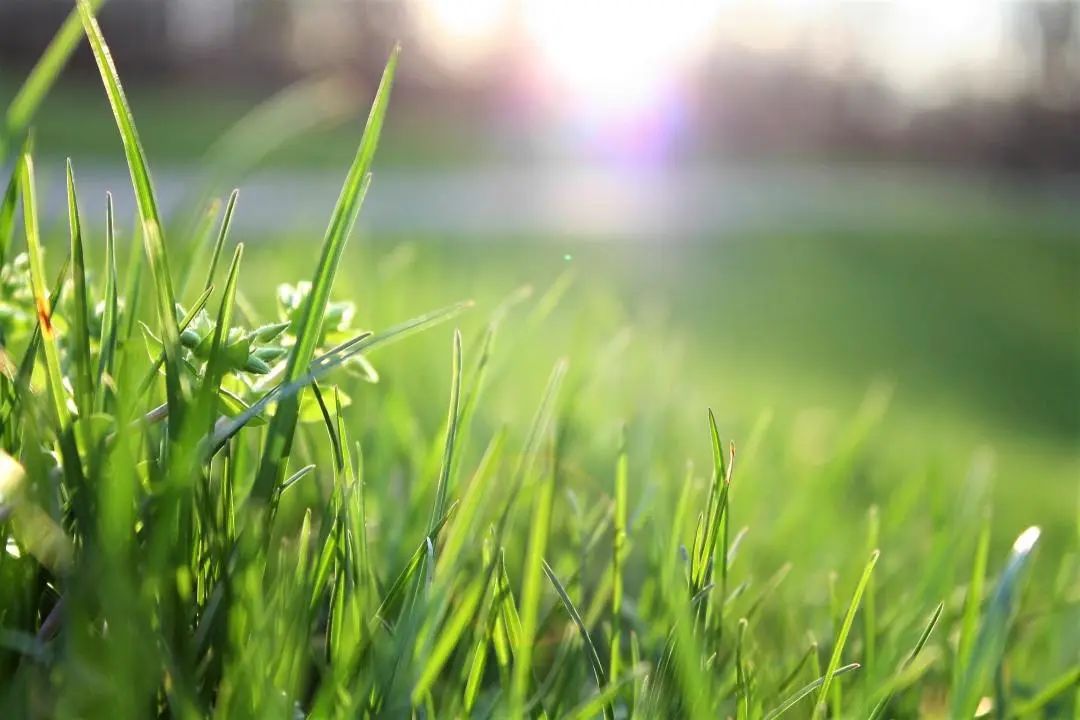
The tongue quality is like the land, and the tongue coating is like the grass growing on it, making it easy to distinguish. Let’s discuss this in detail.
① Tongue Quality Color – Light White
Western medicine considers a light white tongue quality to indicate anemia or malnutrition.
In TCM, when yang qi is insufficient, the function of generating yin blood is weakened, and the force that promotes blood circulation is also reduced, resulting in insufficient blood flow to the tongue quality, hence the pale tongue color. This indicates a deficiency syndrome, cold syndrome, or a deficiency of both qi and blood.
While TCM does not have terms for anemia or malnutrition, the clinical symptoms presented by patients, such as pale complexion, fatigue, palpitations, shortness of breath, dizziness, weight loss, poor appetite, lack of energy, and thin pulse, are similar to those of blood deficiency, spleen qi deficiency, and yin deficiency.
There is a consensus between Western and Chinese medicine regarding the understanding of a light white tongue quality.
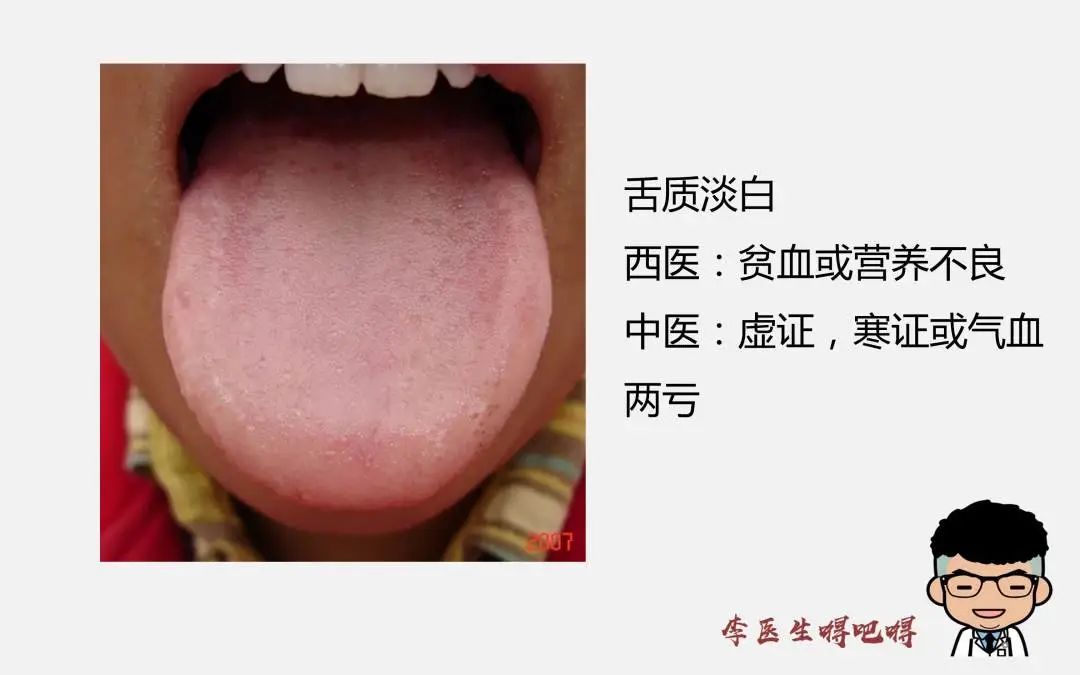
② Tongue Quality Color – Deep Red
Western medicine considers a deep red tongue quality to indicate acute infectious diseases.
Although the term “acute infectious diseases” is only seven characters long, it encompasses a wide range of conditions.
From the ever-present threat of COVID-19 to acute enteritis caused by consuming contaminated food, diseases such as “chickenpox, measles, hand-foot-mouth disease,” and even the organs within us—liver, gallbladder, appendix, pancreas, bladder, kidneys—none escape the invasion of “acute infectious diseases.”
All of these diseases may present with a red tongue, but a comprehensive diagnosis must consider other examinations.
TCM has a different perspective on a deep red tongue quality.
A red tongue, darker than light red, even appearing bright red, is termed a red tongue. When blood is heated, it flows, and when heat is excessive, qi and blood surge, causing the tongue body and vessels to become engorged, thus appearing red. This indicates a heat syndrome.
If the tongue is bright red with prickles, or accompanied by a thick yellow coating, it often indicates a full heat syndrome; if the tongue is bright red with little coating, or has cracks or is bright red without coating, it indicates a deficiency heat syndrome.
In addition to a red tongue, there is also a scarlet tongue—an even deeper red, referred to as a scarlet tongue.
The main diseases associated with a scarlet tongue can be divided into external and internal injuries. In cases of external pathogens, if the tongue is scarlet or has red spots and prickles, it indicates a warm disease with heat entering the blood. In cases of internal injuries, if the tongue is scarlet with little coating or no coating, or has cracks, it indicates yin deficiency with excessive fire; if the tongue is scarlet with little coating but moist, it often indicates blood stasis.
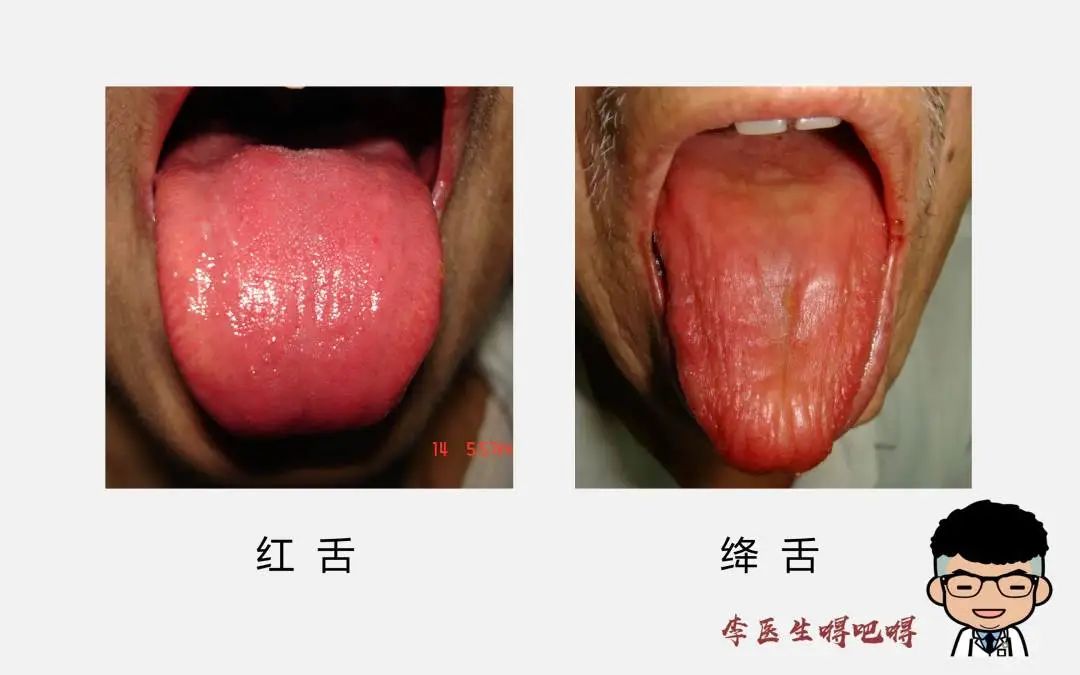
③ Tongue Quality Color – Purple
Western medicine considers a purple-red tongue quality to indicate heart and lung dysfunction.
In TCM, a purple tongue indicates a purple tongue quality. The main diseases can be divided into cold and heat. A scarlet purple tongue that is dry and lacks moisture indicates excessive heat damaging fluids and qi and blood stagnation; a light purple or moist purple tongue often indicates cold congealing and blood stasis.
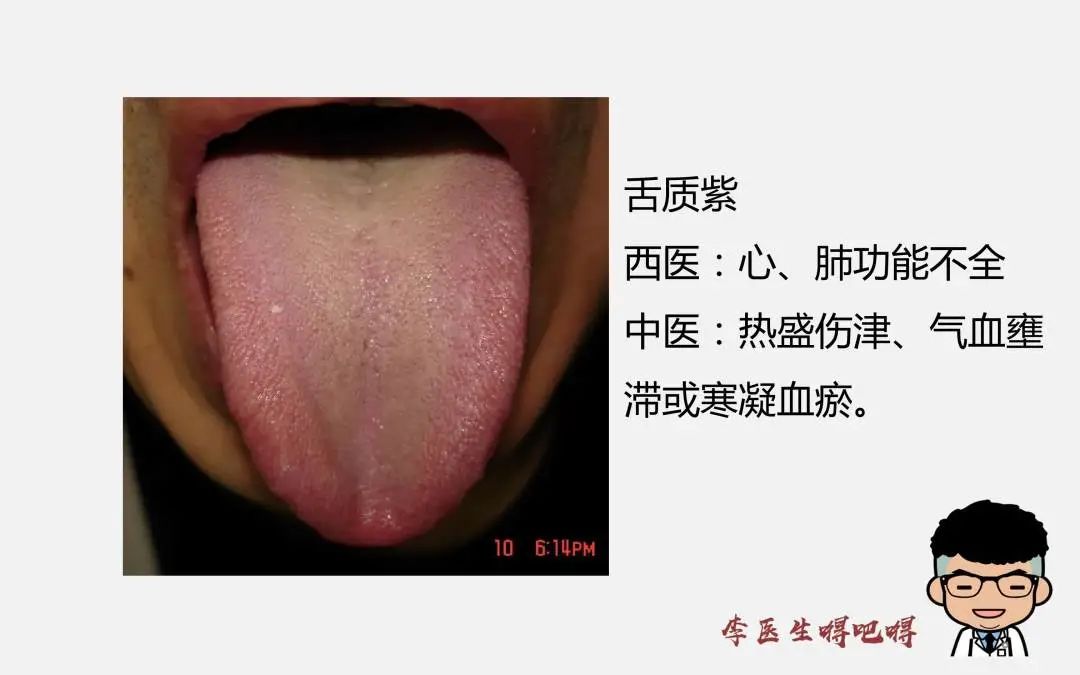
④ Tongue Shape – Enlarged
Western medicine considers an enlarged tongue body to be seen in glossitis, vascular neurogenic edema; if it is persistently enlarged, one should consider mucous edema, congenital idiocy, and tongue tumors.
In TCM, a tongue that is larger than normal and fills the mouth is called an enlarged tongue. This is often due to the obstruction of water and phlegm.
If the tongue is pale white, plump, and the coating is slippery, it indicates spleen and kidney yang deficiency, leading to the accumulation of water and phlegm.
If the tongue is light red or red and enlarged, accompanied by a yellow greasy coating, it often indicates damp-heat in the spleen and stomach with phlegm turbidity.
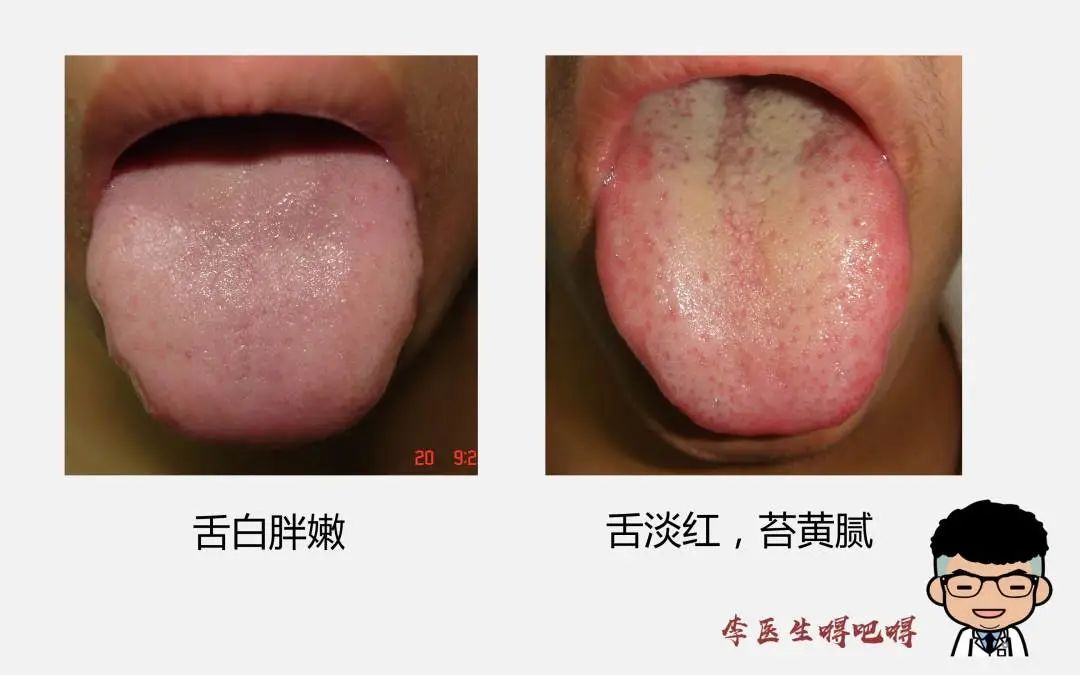
More severe than an enlarged tongue is a swollen tongue.
In TCM, a swollen tongue that fills the mouth and cannot be closed or retracted is called a swollen tongue.
There are three causes: one is heat in the heart and spleen, with blood vessels heated and qi and blood stagnating, resulting in a bright red and swollen tongue, sometimes accompanied by pain. The second is due to excessive alcohol consumption combined with warm heat, where the evil heat obstructs and causes a purple swollen tongue. The third is due to poisoning leading to blood stagnation, resulting in a swollen tongue that is bluish-purple and dark.
In Western medicine, a swollen tongue is often seen in patients with lingual hemangiomas.
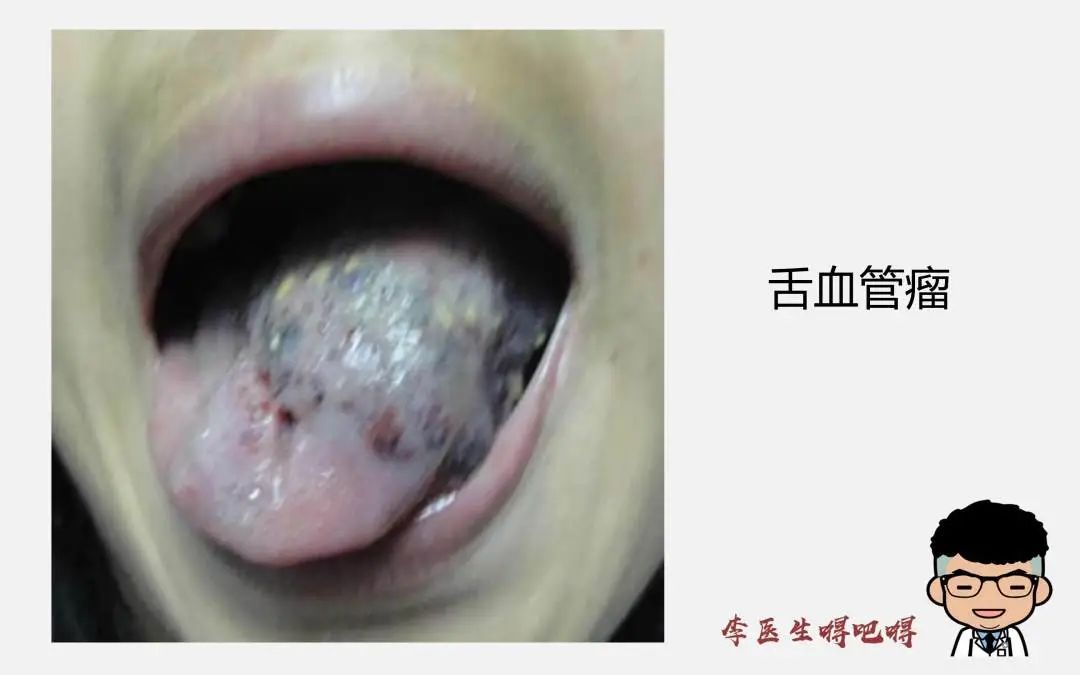
⑤ Dry Tongue Surface
Western medicine considers a severely dry tongue surface to be seen in severe dehydration, massive bleeding, high fever.
In TCM, a normal tongue surface should be moist. A tongue that is dry is not good, nor is a slippery tongue.
A dry tongue surface is caused by fluids not ascending, either due to excessive heat damaging fluids, or due to yin fluid deficiency, or due to yang deficiency leading to poor fluid transformation, or due to dry qi damaging the lungs.
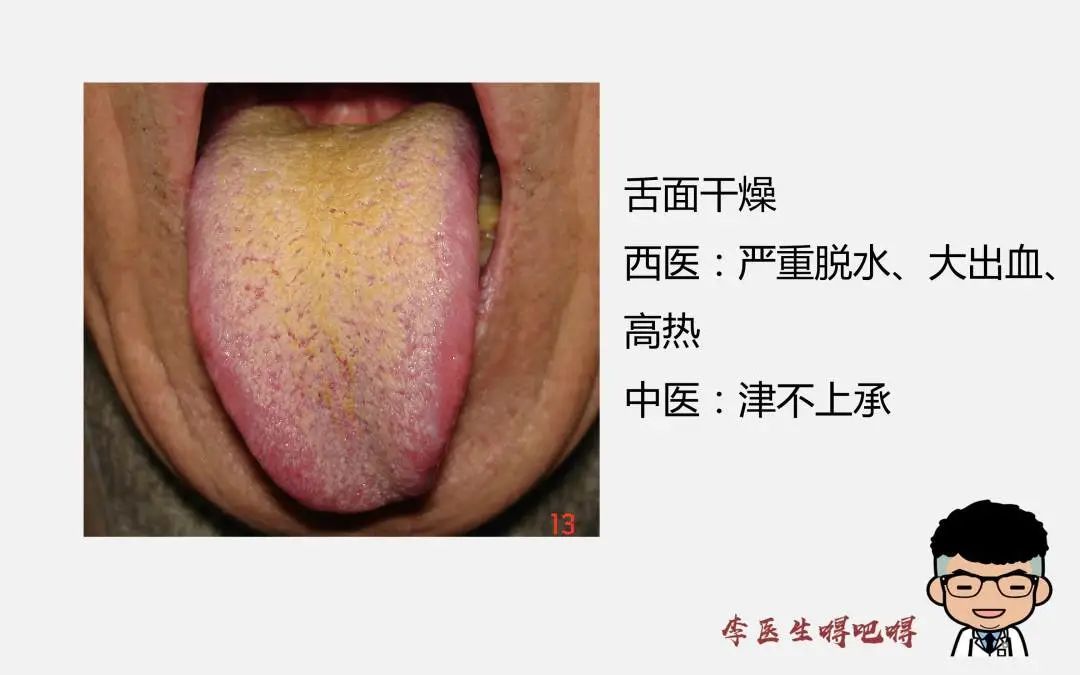
⑥ Thick White Coating
Western medicine considers thick white coating to be common in colds, acute inflammation, or the early stages of infectious diseases.
In TCM, white coating is generally common in exterior syndromes and cold syndromes. Since the external pathogenic factors have not yet penetrated inward, the tongue coating often shows no significant changes, remaining as normal thin white coating. In typhoid fever, this is classified as a solar disease, while in warm diseases, it is classified as a protective division syndrome.
Thick coating is caused by the stomach qi being mixed with damp and turbid evil qi, thus indicating an excess of evil entering inward, resulting in thick white coating.At the same time, thick white coating also suggests phlegm and damp food stagnation.
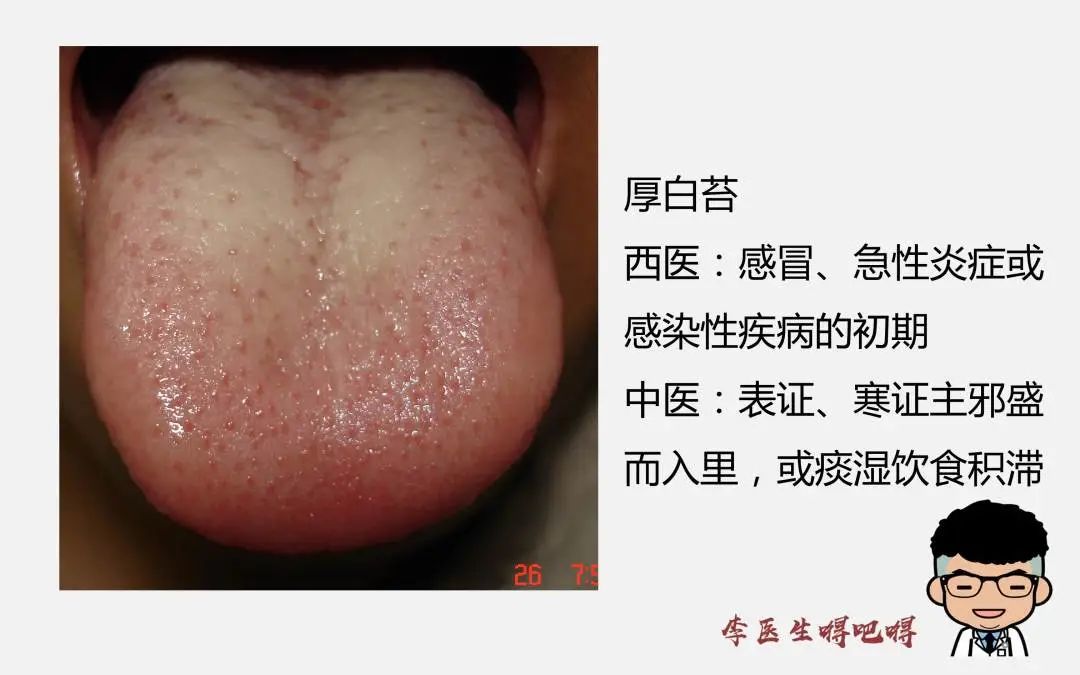
⑦ Yellow Coating
Western medicine considers yellow coating to be common in severe infections (such as meningitis, encephalitis, typhoid, diphtheria, pneumonia, peritonitis, etc.), high fever, dehydration, jaundice, and heavy smoking.
In TCM, yellow coating generally indicates interior syndromes and heat syndromes. Due to the scorching of heat evil, the coating appears yellow. Light yellow indicates mild heat, deep yellow indicates severe heat, and scorched yellow indicates heat accumulation. 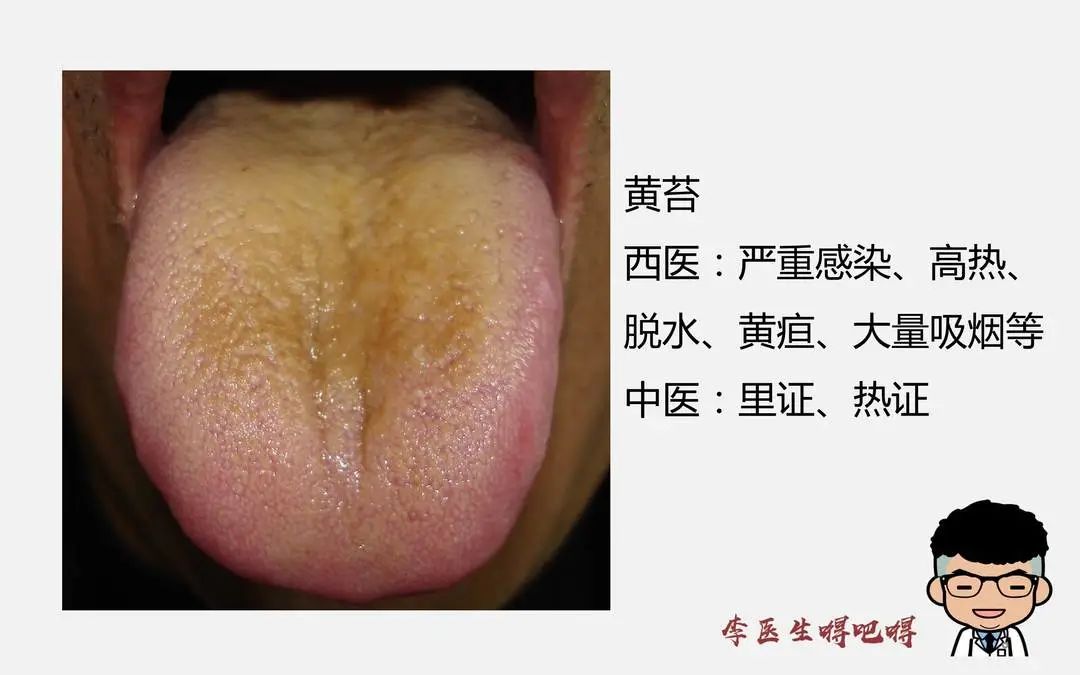
⑧ Black Coating
Western medicine considers black coating to be common in high fever and severe dehydration.
In TCM, black coating is often seen in the severe stages of epidemics. It indicates interior syndromes, which may be due to extreme heat or excessive cold. If the coating is black and dry with cracks, or has prickles, it often indicates extreme heat with fluid depletion; if the coating is black and moist, it often indicates excessive cold with yang deficiency.
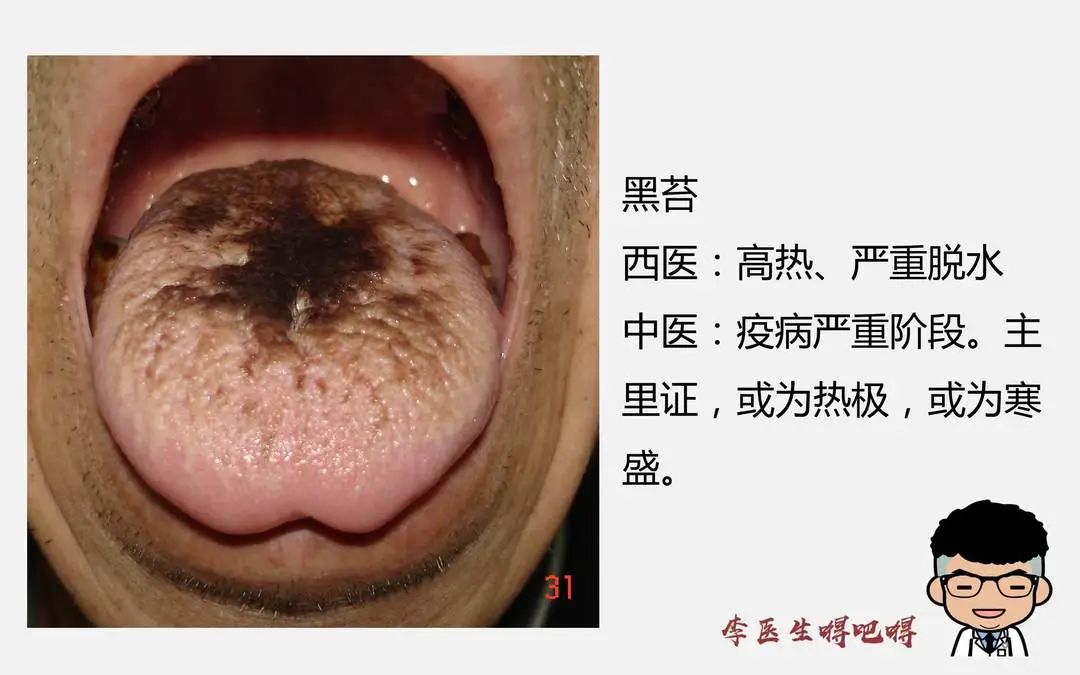
Today’s article is a bit lengthy; for those who don’t have time to read, you can just look at the pictures, which contain all the key points. The third article in this series will showcase some special tongue appearances; see you then.
Previous Recommendations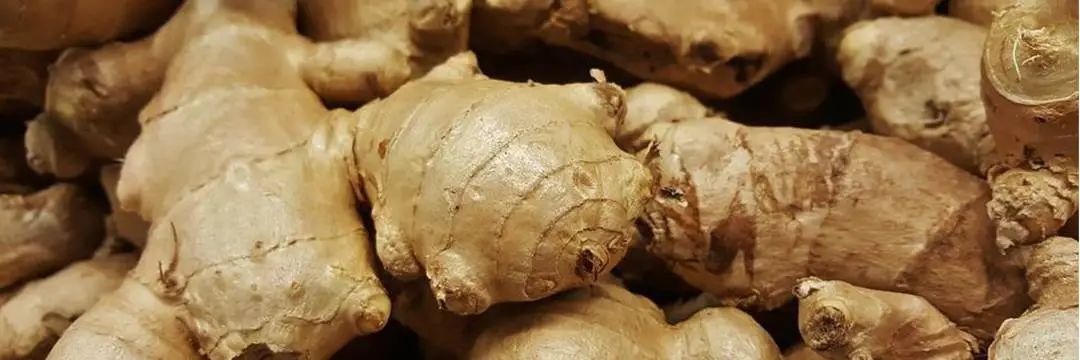
Vinegar-soaked ginger invigorates heart yang, treating winter diseases in summer, a method for health preservation.
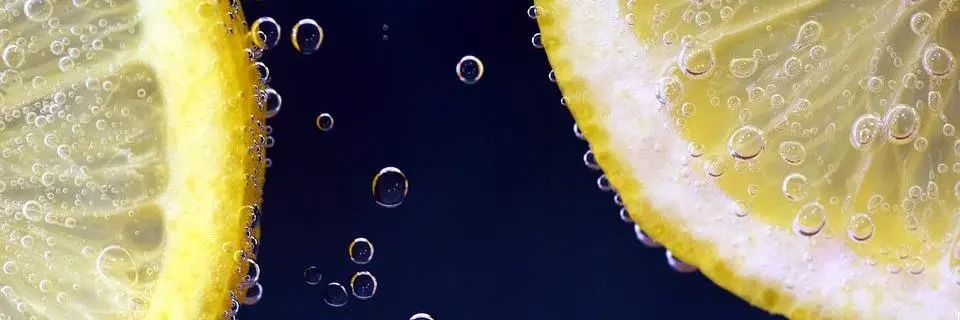
On hot summer days, Dr. Li recommends a cup of tea to dispel summer heat and dampness, wishing you a cool summer.

Today, let’s do some waist exercises together~

Can TCM diagnose cerebral infarction through pulse diagnosis?

